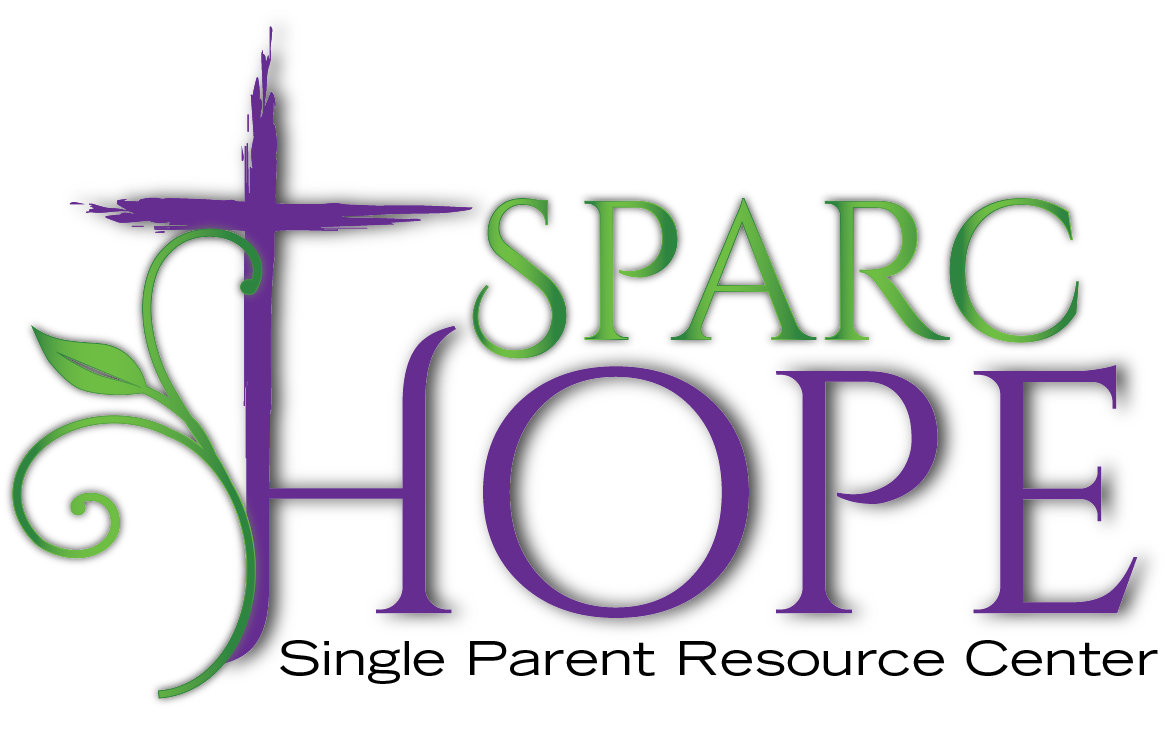Growing Food in Small Spaces
By: Michele Tarter
Spring is here! It’s the perfect time for you and your kids to take advantage of the opportunity to grow your own food. Besides being a project that gives you fresh, healthy, and easily accessible food, growing your own food can be a fun new learning experience for you and your kids. Lots of acreage or raised bed gardens are nice but definitely not a requirement for growing plants. Here are some ideas for growing food plants in smaller spaces.
First, you need to think about an area you might have that would work for growing plants. Do you have a sunny spot in a small yard or on a deck, sunroom, or balcony? If outside spots are not available to you, a sunny, south-facing window with around 6 hours of sunlight can also be used. Even without full sun, there are a few plants that can
thrive in light to medium shade, like leafy greens, chives, spring onions, ginger, turmeric, bush beans or peas.
For an outdoor space,
you can use hanging baskets, which are an excellent choice for cascading plants, like some strawberries, thyme, or oregano. If you have railings on
your outdoor space, there are planters that are made to fit over them to save floor space. Otherwise, clay or plastic pots with one or more holes in the bottom for good drainage are good planting options. Herbs can grow in small pots outside or inside near a sunny window. Tomatoes usually need more soil and space but can be grown upside-down in special hanging containers that are made for this purpose. A large pot with a tomato cage or trellis will also work well for your tomato plant. If you are
attempting to grow a root vegetable, like potatoes, radishes, or carrots, a grow bag is a good option because it is a deeper container with room for the roots to grow. For indoor
plants, make sure you have a tray under the pot to catch any water drainage. For any of these containers, you will need to use potting soil that is made for fruits and vegetables.
The fun part is choosing your favorite fruits or vegetables.
For your small space,
you can look for dwarf or patio-friendly varieties of the plant. Even blueberries and lemons
have dwarf versions for this purpose. You may want to avoid plants that grow to be large, like squash or zucchini. Plants can be started from seed by following the
instructions on the package. But if you want to get your food production moving quickly, you can buy many of the plant starts at your local nursery or outdoor center.
With the correct amount of sunlight and watering, you can enjoy a bountiful harvest of homegrown food even in your small space.
OTHER WAYS TO CONNECT
We hope you found this information helpful! Do you have any thoughts? Please connect with us on Facebook and Instagram and let us know!
If you would like to learn more about upcoming events, sign up to receive our quarterly newsletter here.
Check out some of our other blog posts here, for tips and tricks for single parents, budget hacks, inspiration and more information about what we do here at SPARC Hope.

